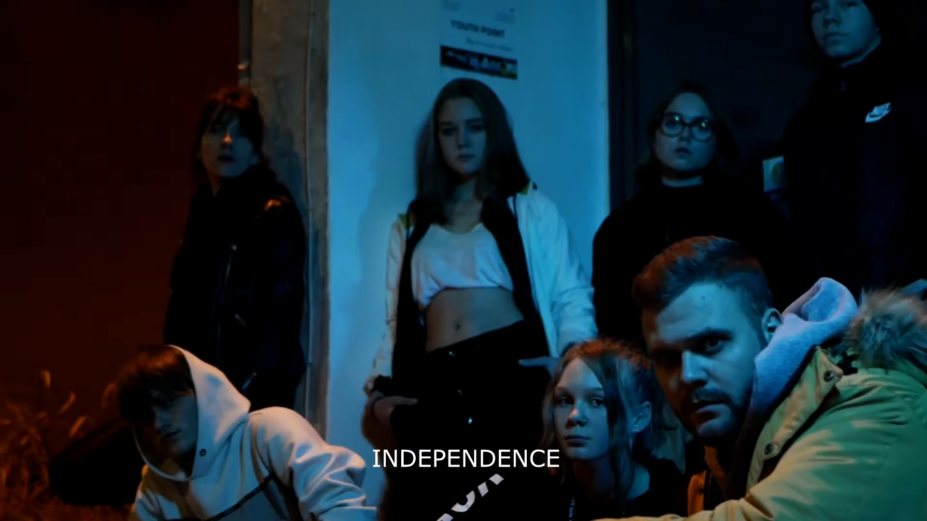 Tools and methods
Tools and methods
- Cultural planning phase Visioning, mapping, implementation and management
- Purpose Visioning, participation, discovering important places, analysing everyday life, discovering the relationship with the place
- Participants: Residents, artists, experts, various age groups
- Number of participants: 4–20
- Author
UCP team; Dominik Szefler (Gdańsk), Julie Myers (Guldborgsund)
Tools and methods
Film representation
When it is useful
Making films documenting the character of a neighbourhood and the relationships different people and groups have with this place can be used in different phases of cultural planning projects. In the beginning, they can be used as part of a mapping exercise, helping you get to know a neighbourhood from the perspective of inhabitants representing, e.g., different age groups or united around different themes that are important for the neighbourhood. In the process of visioning, you can also work with films showing different visions for the future of the place or indicating the material and symbolic resources of the neighbourhood,-such as colours, repeating patterns, materials like wood, water, brick,-but also emotions, typical scenes of neighbourhood life, important events, personal feelings. The film can also be your target project to strengthen the voice of the residents in co-determining the future of the neighbourhood. Using the power of image and artistic expression as well as the emotions that a personal film message can evoke opens up more possibilities for cooperation and understanding others – it creates space for empathy. It is important that the aesthetics and character of the film expression is chosen by the group: a film can tell a story, it can be a documentary, an art film or created in the style of a music video.

Step by step instruction
- Consider which groups of users of the space you would like to invite to present their perspective on life in the neighbourhood or which elements of the neighbourhood’s DNA you want to document. The decision will depend on the stage of cultural planning you are at and what you already know about the place.
- Invite local organisations that bring together groups of interest. You could also adopt a street survey strategy and document the opinions of passers-by.
- If you are working with a group, make a collective decision on the nature of the film and choose the artist, documentary makers or journalists you would like to work with on the basis of this choice.
- In a joint workshop, the residents and invited filmmakers will work together to create the film’s narrative, choosing the stories, images, sounds and places that should be included in the film.
- The film itself may still be a form of participation or an individual work of an artist.
- Share the completed film online, especially on social media, present it at meetings about the future of the neighbourhood, send it to local decision-makers, officials, companies.
- The UCP programme produced films presenting the perspective of children and young people. In Guldborgsund, the artist Julie Myers collaborated with a group of boys on a film showing their everyday life in the city. In Gdańsk, hip hop music video director Dominik Szelfer helped young people in Nowy Port express their relationship with the place, local problems and expectations.

